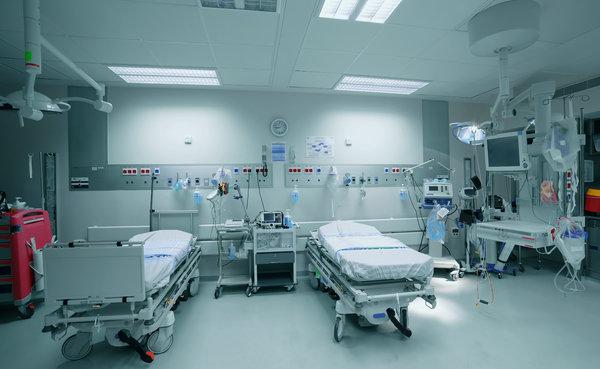
The quote from Alexander Pope “To err is human, to forgive divine” might sound like a good idea in principle. But, when it comes to health care, especially in hospitals, erring is not acceptable. In the hospital setting, erring can equal death. So, hospitals staffs are busy looking for ways to avoid human error.
Standardize and simplify
One of the best ways to reduce human error is to remove the opportunities for humans to make errors. Hospitals are turning to simplified and standardized processes that employees can access on their computers. Instead of memorizing steps, employees have access to technology so they can easily understand the procedures and do them the same way every single time. This type of standardization can be done in any department and takes away human errors because humans are not making decisions.
Use automation when possible
Removing humans from the process can also happen when automation is used as often as possible. Surgeons are using robots as a way to reduce human error in the operating room. They aren’t the only hospital employees using automation. IV Robot gives hospital pharmacies a way to reduce errors with IVs bags. When physicians order their medications through online systems, automated systems can fill them without having to read messy handwriting.
Use data to learn where errors are most frequent
Before a hospital can reduce errors, the employees need to know where errors are happening most frequently. By collecting and analyzing data, hospital staffs can see what departments need the most help in reducing errors. Employees need to understand that data collection is not being collected with the goal of firing people. The goal is to reduce errors and give patients better care. As soon as the decision to reduce errors is made, employees need to commit to make changes in a short amount of time. Progress needs to happen in a set amount of time, but decisions need to be based on data so more accidents do not happen. Data should include both successes and failures so employees can learn accordingly.
Build a culture of learning
Making changes at work can be stressful for employees, especially those who have been with the hospital for a long time. When big changes happen, mistakes often happen as the implementation dip occurs. So, the culture of the hospital needs to be one of learning. Employees need to have safe spaces where they can practice their new skills, so they do not make mistakes when working with real patients. Employees also need to be rewarded when they have success with the new ways of doing things. Employees appreciate it when they are acknowledged by their employers. This culture of learning needs to include robust training for staff, especially if they are using technology to make decisions about patient care. Training needs to happen regularly, so that employees in all departments know the latest way to remove human error from patient care.
